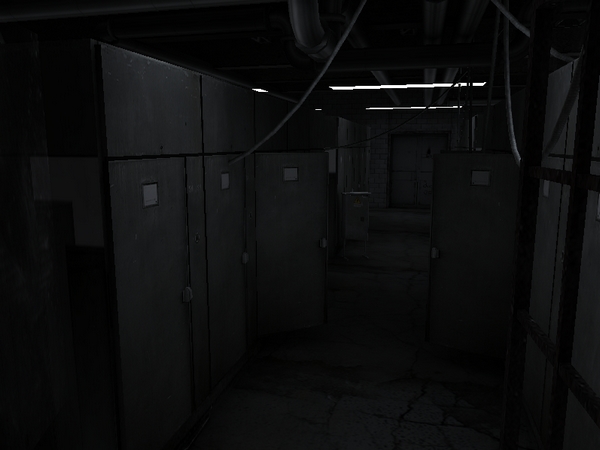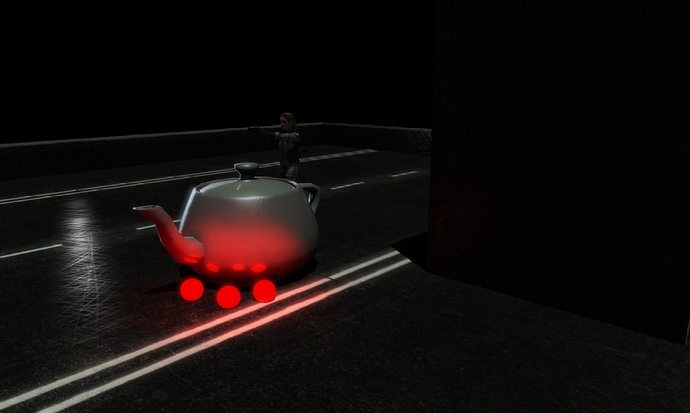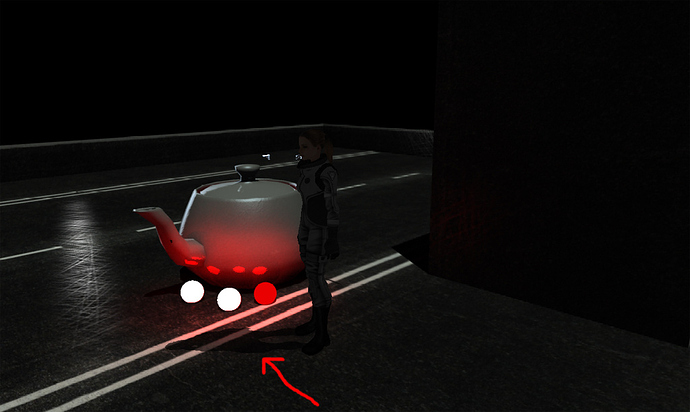Hi ! After a hard work on horror style baked lightmapping i came to a conclusion that it is absolutely hard or impossible to match dynamic lights and static baked lights in a scene. In some cases works but in 90% of the situations standard lights (spot , point and directional) can’t reproduce the dark ambience of a horror game level.The best way of lightmapping a dark horror level is using baked GI + AO + Object lights.(cylinder , plane shapes) and use dynamic lights only on dynamic objects.The dynamic shadows should be faked by either a projected blob or some sort of stencil shadows.(For references see Resient Evil outbreak levels)
1.Blob shadows. Unity has a component called Projector which projects a texture on a level (There are tons of tutorials how to set up blob shadows for characters)
2., Use shadow casting lights. As i already mentioned in an another topic there should be a way of using lights for just cast subtractive shadows. In theory (maybe i’m totally wrong) it could be implemented as screen space shadows.
What you (Urho3d devs) think about this ? Is it doable ? i would be happy with solution 1 but i’m really interested in your opinion on the 2nd solution.? Any idea suggestion/help is welcome.




 And the coolest thing it could be conveniently combined with shadows and lights (masks).It may have some drawbacks but at first look it is perfect.
And the coolest thing it could be conveniently combined with shadows and lights (masks).It may have some drawbacks but at first look it is perfect.

 So years of testing and practicing brought us this :
So years of testing and practicing brought us this :
